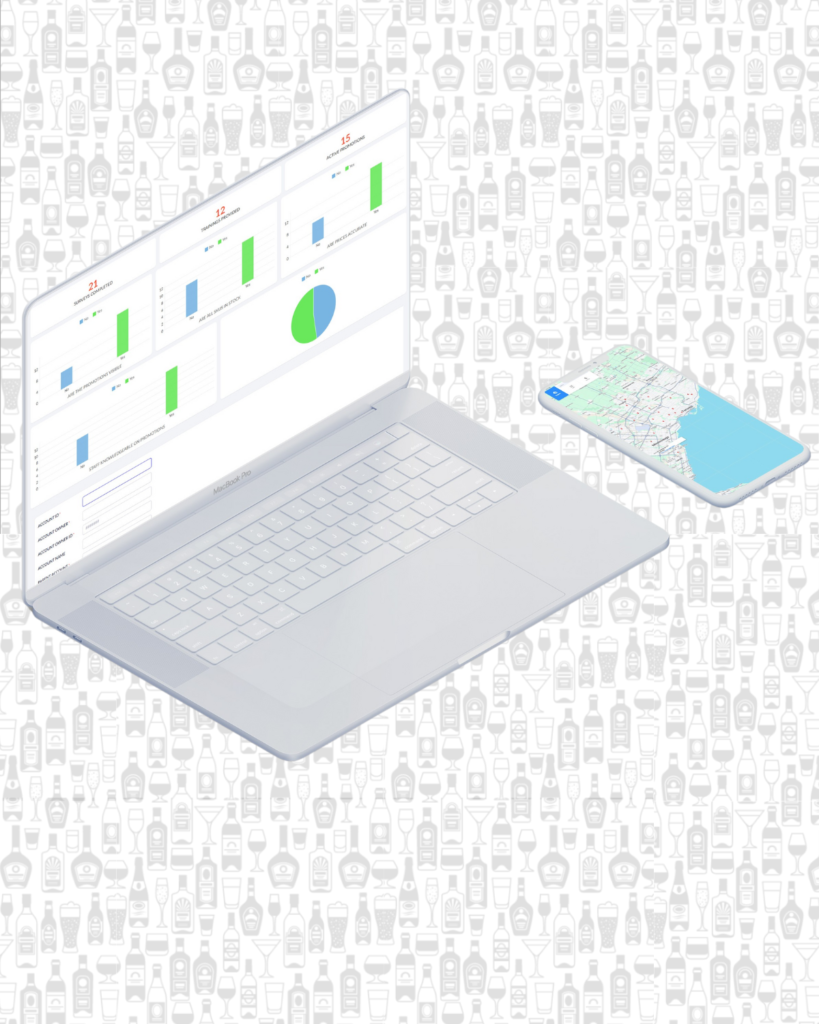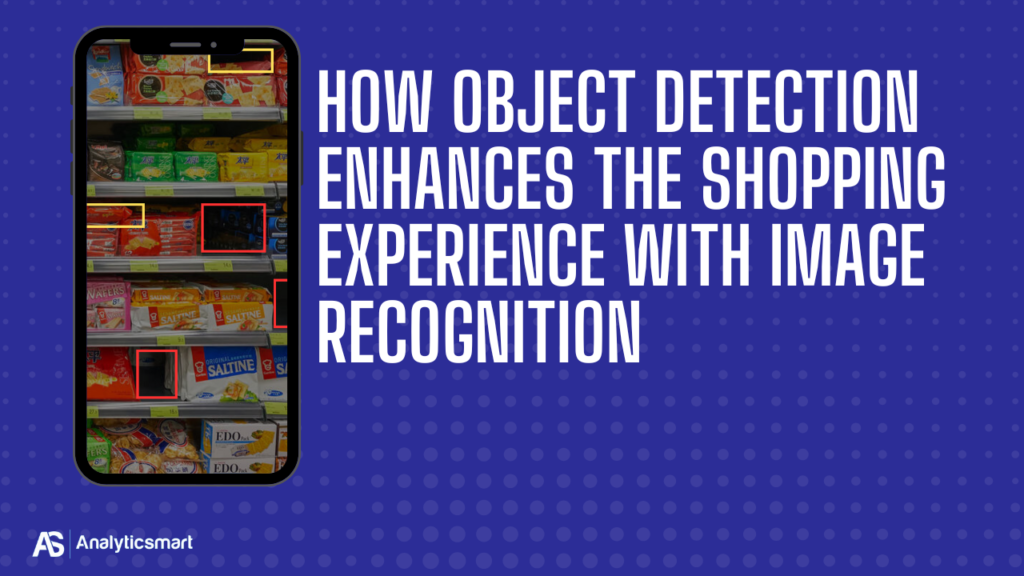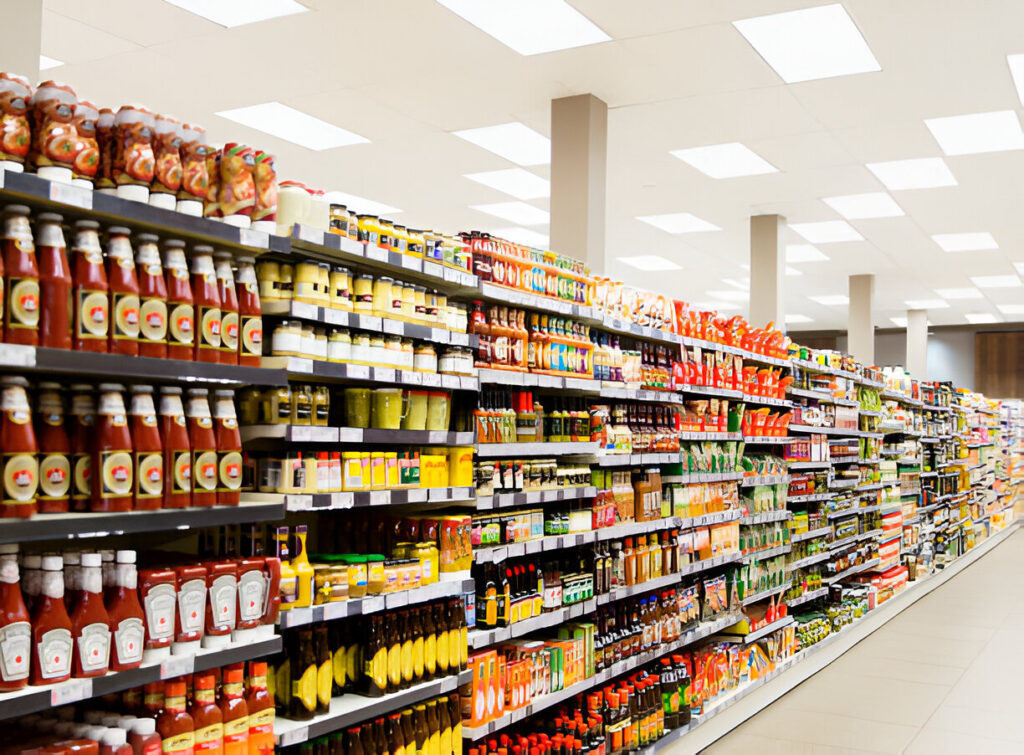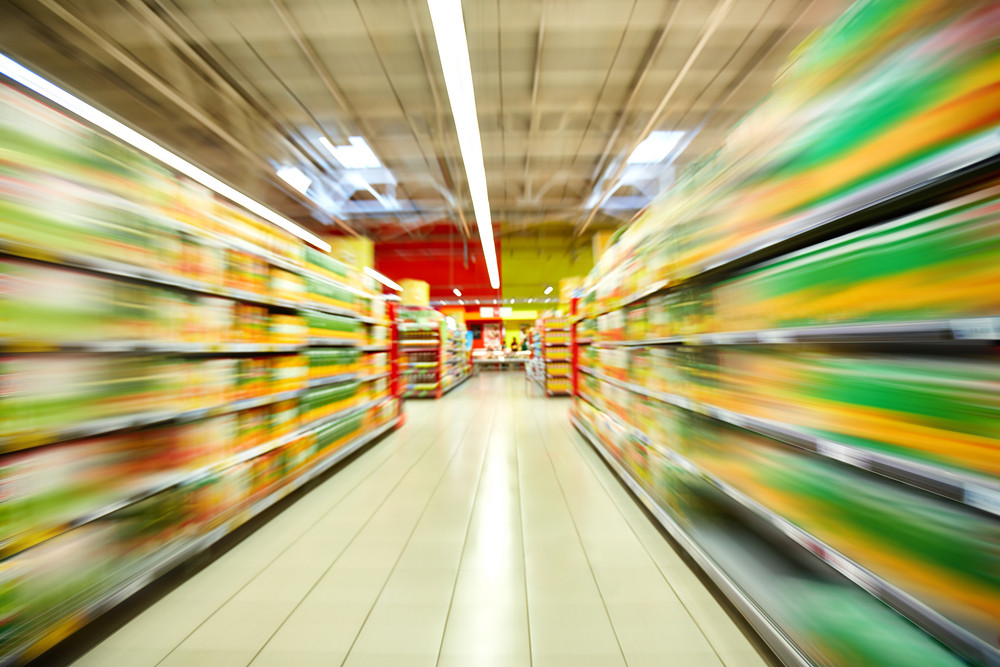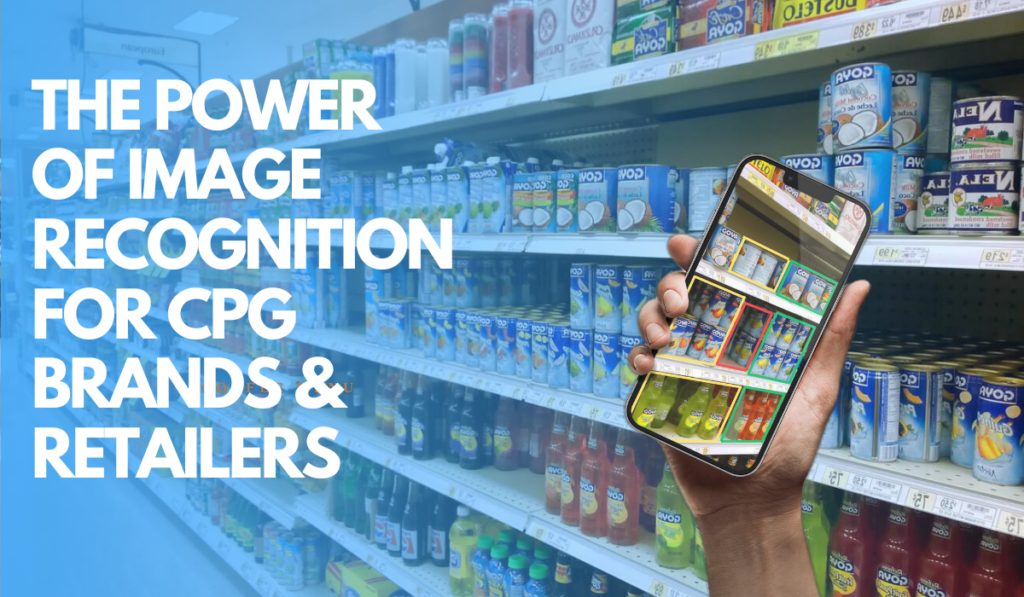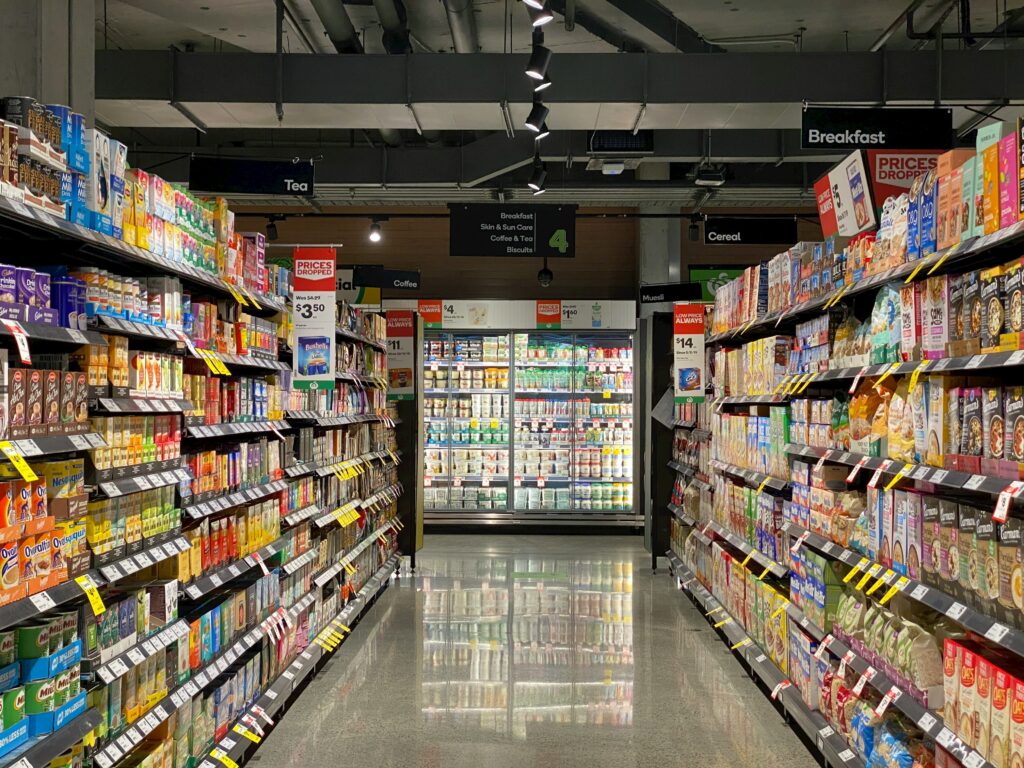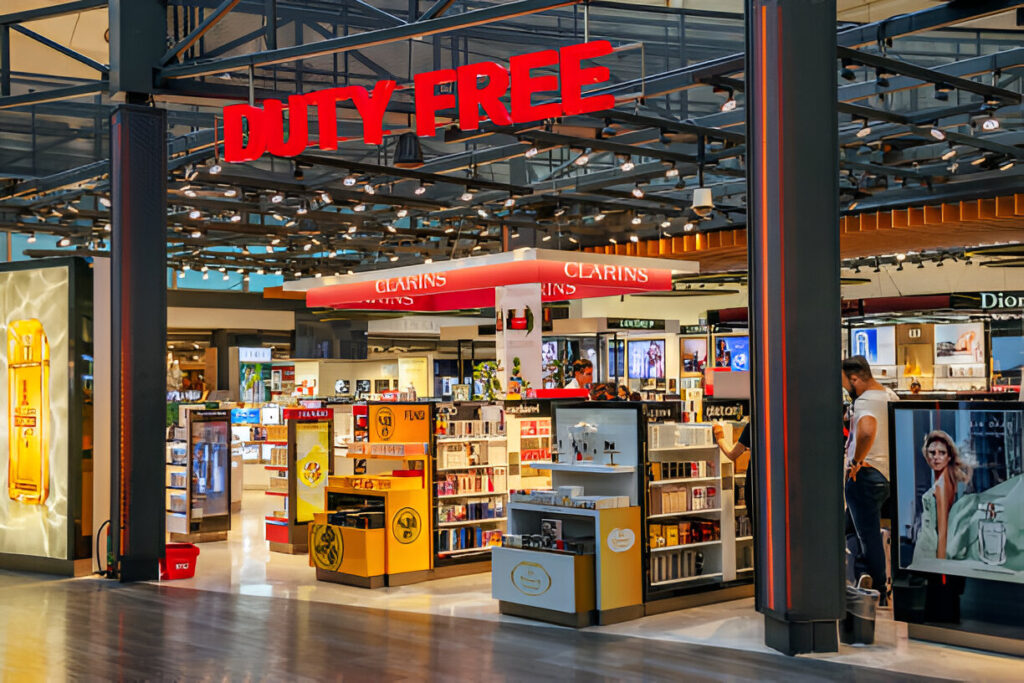The beverage alcohol industry operates in a highly competitive landscape where customer preferences shift rapidly, compliance standards are stringent, and sales cycles require precise coordination. For companies within this sector, maintaining strong customer relationships and efficient operational practices is essential to stay ahead of the curve.
How Image Recognition is Shaping the Future of Retail
The retail industry is undergoing a fascinating transformation, driven by advancements in technology that are reshaping the way businesses operate. One of the most intriguing developments is the rise of image detection in retail, a tool that goes beyond traditional inventory management and customer engagement strategies.
Transforming Retail: How Object Detection Enhances the Shopping Experience with Image Recognition
Retail is undergoing a digital revolution, with AI technology at the forefront, reshaping how we shop and how retailers manage their stores. One of the most transformative innovations leading this change is object detection with image recognition, a technology making the retail experience smoother, smarter, and more efficient. In this guide, we’ll explore what object […]
Evolution of Digital Planograms In Retail
Digital planograms have emerged as essential tools for retail managers, ensuring consistency across stores and helping brands maintain a uniform appearance. By organizing products in strategic layouts, digital planograms optimize shelf space and encourage customers to discover and purchase more items.
The Power of Convenience Store Planograms: Optimizing Space and Driving Sales
In the fast-paced world of convenience stores, efficiency is key. With customers often in a hurry, your store layout needs to maximize both accessibility and profitability. This is where planograms come into play. A well-executed planogram can significantly improve product placement, streamline operations, and boost sales.
Image Recognition in Retail: A Game Changer for CPG Brands and Retailers
In the fast-paced world of retail, the ability to make data-driven decisions quickly can make all the difference. Image recognition in retail technology is at the forefront of this transformation, offering consumer packaged goods (CPG) brands an opportunity to optimize their in-store execution and streamline operations. With AI-powered image recognition solutions, retailers can gain critical shelf metrics and actionable insights that empower their teams to monitor stock levels, track competitor pricing, ensure planogram compliance, and much more—all in real-time.
What is Merchandising in Retail? Understanding Its Importance and Types
Merchandising in retail is a vital strategy that directly impacts customer experience and sales performance. In this blog post, we will explore what merchandising in retail means, its significance, and the various types of merchandising that retailers can utilize to enhance their business strategies. What is Merchandising in Retail? Merchandising refers to the activities and […]
Exploring Effective Merchandising Examples
In the competitive world of retail, effective merchandising plays a crucial role in driving sales and enhancing customer experience. Understanding the various merchandising examples can empower businesses to create impactful strategies that resonate with their target audience. At Analyticsmart, we leverage advanced technologies and insights to optimize your merchandising approach, ensuring your products are showcased […]
Struggling with Planograms? Let’s Face It – It’s a Headache (But We’ve Got the Cure)
Let’s be real: when it comes to managing planograms, it can feel like you’re running a marathon, but with one shoe untied. As a Director or VP of Retail Operations , you’re juggling a million things, and yet, here comes the beast that is planogram management, demanding your attention. And let’s be honest – it’s expensive, it’s complicated, and sometimes, it feels like a losing game.
Optimizing Airport Retail Management with Data-Driven Strategies
Airport retail management is a unique and complex field that blends the fast-paced environment of airports with the high expectations of travelers. With millions of passengers passing through airports annually, retail operators face the challenge of catering to a transient audience while ensuring smooth, efficient operations. The key to thriving in this space lies in leveraging data-driven strategies to optimize every aspect of retail—from store layouts to inventory management.

